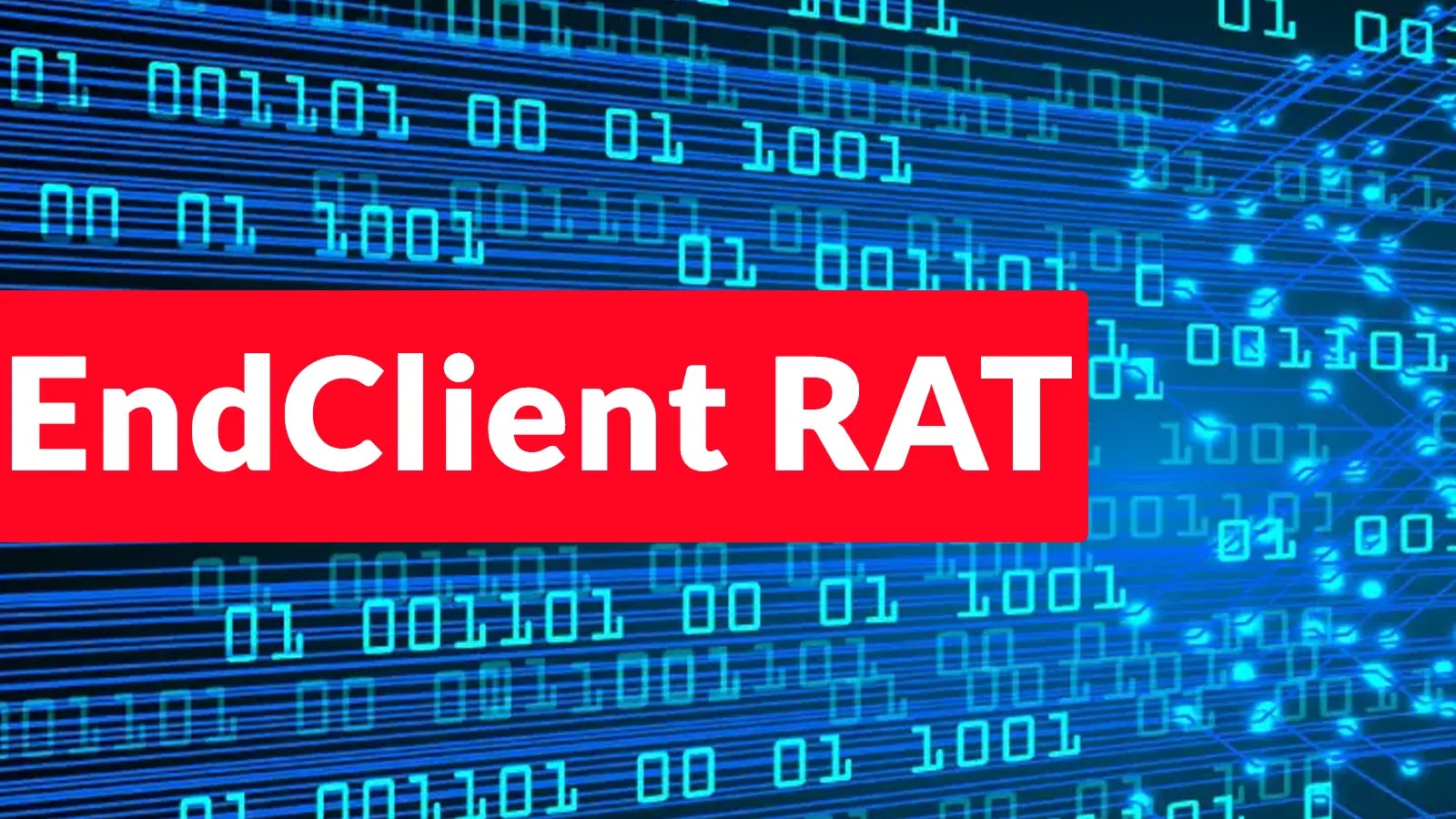
New EndClient RAT Attacking Users by Leveraging Stolen Code-Signing to Bypass AV Detections
A disturbing new threat has surfaced, targeting a particularly vulnerable group: human rights defenders. The emergence of the EndClient RAT, a sophisticated Remote Access Trojan, marks a concerning escalation in the ongoing cat-and-mouse game between threat actors and cybersecurity professionals. Attributed to the notorious Kimsuky threat group, this malware exhibits a troubling level of ingenuity, exploiting stolen code-signing certificates to effectively sidestep conventional antivirus defenses.
The EndClient RAT: A New Sophistication in Cyber Espionage
The EndClient RAT is not merely another piece of malware; it represents a significant leap in attack sophistication. Its primary target demographic – human rights defenders in North Korea – underscores the geopolitical motivations behind its deployment. The Kimsuky threat group, known for its persistent and targeted attacks, has once again demonstrated its capability to develop and utilize advanced tools for cyber espionage.
The core innovation driving EndClient’s success lies in its use of stolen code-signing certificates. For the uninitiated, a code-signing certificate is a digital signature that verifies the authenticity and integrity of software. When an application is signed with a legitimate certificate, operating systems and antivirus software are more likely to trust it, often allowing it to execute without elevated suspicion. By leveraging these stolen certificates, EndClient RAT effectively impersonates legitimate software, enabling it to bypass critical security layers that would otherwise flag its malicious nature.
How Stolen Code-Signing Certificates Facilitate Evasion
The concept of code-signing is a cornerstone of trust in the software ecosystem. Developers use these certificates to digitally “seal” their applications, assuring users that the software has not been tampered with since it was published and that it originates from a verified source. When a threat actor gains access to a legitimate code-signing certificate, they inherit this trust. This allows their malicious payload, in this case, the EndClient RAT, to appear as a legitimate application to security software and the operating system itself.
This strategy significantly degrades the effectiveness of traditional antivirus (AV) solutions, which often rely on reputation checks and signature-based detection. If an executable is signed with a certificate from a known, trusted vendor, AV engines are less likely to flag it as suspicious, particularly during initial execution. This buys the EndClient RAT critical time to establish persistence, communicate with its command and control (C2) servers, and begin its malicious operations.
The Kimsuky Threat Group: A Persistent and Evolving Adversary
The Kimsuky threat group, also known as APT43, BlackNoroff, or Thallium, has a long history of conducting sophisticated cyber operations, primarily targeting organizations and individuals with insights into North Korean affairs. Their modus operandi often involves spear-phishing campaigns designed to gain initial access, followed by the deployment of custom malware. The emergence of the EndClient RAT further solidifies their reputation as a highly capable and adaptive adversary. Their continuous evolution of tactics, techniques, and procedures (TTPs) necessitates a proactive and adaptive defense strategy from targeted organizations and individuals.
Remediation Actions and Proactive Defense
Defending against advanced threats like the EndClient RAT requires a multi-layered security approach. While the use of stolen code-signing certificates poses a significant challenge, several remediation actions and proactive measures can mitigate the risk:
- Enhanced Endpoint Detection and Response (EDR): Traditional antivirus is often insufficient. EDR solutions provide deeper visibility into endpoint activity, allowing for the detection of suspicious behaviors even in legitimately signed applications.
- Application Whitelisting: Implement strict application whitelisting policies to ensure only approved applications can execute on endpoints. This can significantly reduce the attack surface by preventing the execution of unauthorized software, regardless of its code-signing status.
- Regular Certificate Revocation List (CRL) and Online Certificate Status Protocol (OCSP) Checks: Ensure that your systems are configured to regularly check CRLs and use OCSP to verify the validity of code-signing certificates. While a stolen certificate might be legitimate initially, it can be revoked if the theft is discovered.
- User Awareness Training: Human error remains a significant vulnerability. Conduct regular security awareness training, especially for high-risk individuals, to educate them about sophisticated phishing tactics and the dangers of executing unknown files.
- Network Segmentation and Least Privilege: Segment networks to limit lateral movement if a breach occurs. Implement the principle of least privilege for all users and applications, restricting access to only what is necessary for their function.
- Threat Intelligence Sharing: Stay informed about the latest threat intelligence regarding groups like Kimsuky and their evolving TTPs. This information can help anticipate future attacks and bolster defenses.
The Ongoing Battle Against Advanced Persistent Threats
The EndClient RAT serves as a stark reminder of the relentless and evolving nature of advanced persistent threats (APTs). The Kimsuky group’s decision to leverage stolen code-signing certificates highlights a broader trend: threat actors are continuously seeking novel ways to bypass established security controls. Organizations and individuals, particularly those at higher risk, must prioritize advanced security measures that go beyond traditional perimeter defenses. Continuous monitoring, robust endpoint security, and a strong security awareness posture are paramount in safeguarding against these increasingly sophisticated adversaries.





